Piston Slap: The Truth About "Throwaway" Motors (Part II)

Bob M. writes:
Sajeev, I’m a bottom feeder with cars. All I’ve ever owned are used domestic cars with pushrod engines. I overhauled a Pontiac 2.5L once just to get the experience. My idea of engine maintenance is valves at 100k and an overhaul at 150k.
I’ve heard that many imports aren’t rebuildable because the cylinder walls of the block are too thin. Can you enlighten me about what people do these days when their engines are wearing? Are valve jobs common? Are some brands more repairable than others? What lifespans do people expect to get from modern engines?
Keep on Truckin’
Sajeev answers:
My how times have changed! While plenty of older cars (even the Iron Duke GM engines) don’t absolutely demand your 100k/150k regiment, you are committed to the best performance from these ancient, antiquated designs. Sadly, your thinking is far out of line with modern engine design.
Fancy, modern aluminum castings have completely changed the game…for the better. Expensive to replace torque-to-yield bolts? Not so much. Fact is, newer engines last longer and give max performance for longer intervals, but they are throw away motors. That’s the general consensus, but let’s answer your questions individually:
- Can you enlighten me about what people do these days when their engines are wearing? Back to the term “throw away motor”, as people normally get another motor from LKQ (or similar computer-intensive junkyard) and swap them out. Rebuilding a modern motor isn’t a very bright idea, unless the car is super valuable with the original block or you want extra power from a big-bore re-sleeve, like this Lingenfelter job for LSX-FTW engines.
- Are valve jobs common? Heck, I can’t find anything to prove that valve jobs even happen (in significant quantities) these days, much less being a common practice. Again, throw away motors mean you can find a better one elsewhere. But more importantly, engines don’t wear out like they used to. Reduced performance from worn out valve train isn’t a big deal anymore.
- Are some brands more repairable than others? If you live in the US, the most repairable brands will be from Detroit. Parts are plentiful, cheaper and more local machine shops will do the work without needing further research. Sadly (or not?), the art of repairing an engine is more of a niche service these days. At least for mainstream vehicles, like those once powered by GM’s 2.5L Iron Duke. I suspect Japanese brands are a close second, everything else shall be challenging and/or cost prohibitive. Not that people aren’t tweaking AMG and BMW motors regularly in the USA…but the best motor to get your (pushrod-loving) hands dirty these days is a Chevy (Truck) LS motor with an iron block.
- What lifespans do people expect from modern engines? With the use of synthetic oil, regular fluid changes and tune ups, I think most folks expect over 150,000 miles from their engines. And that’s being modest: 200+k is likely. Provided most 1-owner cars aren’t traded in well before this time, of course. Our society of consumption makes this personal expectation question most difficult to answer!
Some engines have proven otherwise (sludgy VWs and Toyotas, piston-slapping Chevys, head gasket eating Subies, etc) but one fact remains: advances in 1) metallurgy 2) technology 3) production means that the old ways of your pushrod motors (and my Windsor V8s, FWIW) are a thing of the past.
And we are far better off this way.
Send your queries to sajeev@thetruthaboutcars.com. Spare no details and ask for a speedy resolution if you’re in a hurry…but be realistic, and use your make/model specific forums instead of TTAC for more timely advice.

More by Sajeev Mehta
Latest Car Reviews
Read moreLatest Product Reviews
Read moreRecent Comments
- Jeff JMII--If I did not get my Maverick my next choice was a Santa Cruz. They are different but then they are both compact pickups the only real compact pickups on the market. I am glad to hear that the Santa Cruz will have knobs and buttons on it for 2025 it would be good if they offered a hybrid as well. When I looked at both trucks it was less about brand loyalty and more about price, size, and features. I have owned 2 gm made trucks in the past and liked both but gm does not make a true compact truck and neither does Ram, Toyota, or Nissan. The Maverick was the only Ford product that I wanted. If I wanted a larger truck I would have kept either my 99 S-10 extended cab with a 2.2 I-4 5 speed or my 08 Isuzu I-370 4 x 4 with the 3.7 I-5, tow package, heated leather seats, and other niceties and it road like a luxury vehicle. I believe the demand is there for other manufacturers to make compact pickups. The proposed hybrid Toyota Stout would be a great truck. Subaru has experience making small trucks and they could make a very competitive compact truck and Subaru has a great all wheel drive system. Chevy has a great compact pickup offered in South America called the Montana which gm could be made in North America and offered in the US and Canada. Ram has a great little compact truck offered in South America as well.
- Groza George I don’t care about GM’s anything. They have not had anything of interest or of reasonable quality in a generation and now solely stay on business to provide UAW retirement while they slowly move production to Mexico.
- Arthur Dailey We have a lease coming due in October and no intention of buying the vehicle when the lease is up.Trying to decide on a replacement vehicle our preferences are the Maverick, Subaru Forester and Mazda CX-5 or CX-30.Unfortunately both the Maverick and Subaru are thin on the ground. Would prefer a Maverick with the hybrid, but the wife has 2 'must haves' those being heated seats and blind spot monitoring. That requires a factory order on the Maverick bringing Canadian price in the mid $40k range, and a delivery time of TBD. For the Subaru it looks like we would have to go up 2 trim levels to get those and that also puts it into the mid $40k range.Therefore are contemplating take another 2 or 3 year lease. Hoping that vehicle supply and prices stabilize and purchasing a hybrid or electric when that lease expires. By then we will both be retired, so that vehicle could be a 'forever car'. And an increased 'carbon tax' just kicked in this week in most of Canada. Prices are currently $1.72 per litre. Which according to my rough calculations is approximately $5.00 per gallon in US currency.Any recommendations would be welcomed.
- Eric Wait! They're moving? Mexico??!!
- GrumpyOldMan All modern road vehicles have tachometers in RPM X 1000. I've often wondered if that is a nanny-state regulation to prevent drivers from confusing it with the speedometer. If so, the Ford retro gauges would appear to be illegal.

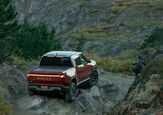

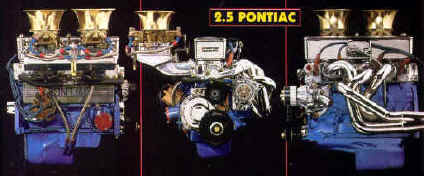













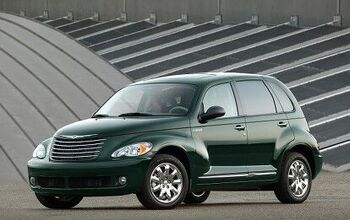
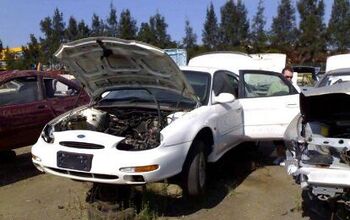
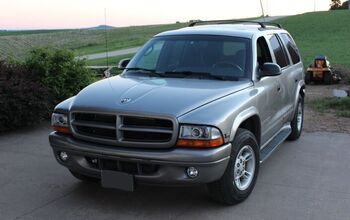
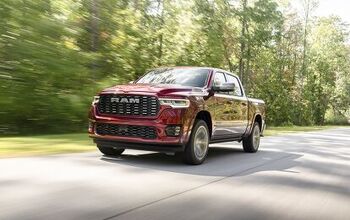

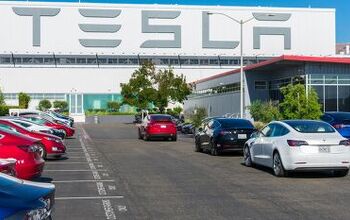


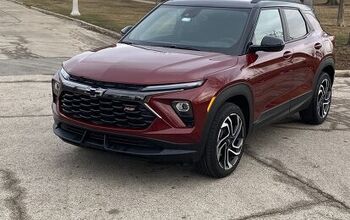

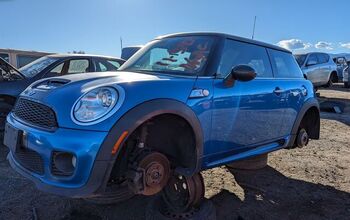





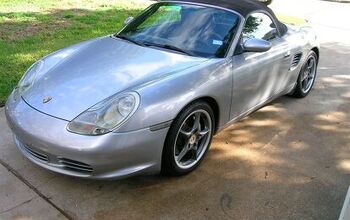
Comments
Join the conversation
@28: I am NOT KIDDING. This woman just pulled up into this parking lot I was in one day in a dark blue 144 DL. Should have gotten a photo, but I don't carry my camera around wherever I go.
Ah this harkens me back to my father's old work van, an '88 Dodge Caravan SE. After two cylinder head replacements, and two transmission rebuilds, he drove it to the scrap yard due to a wheel bearing going out and the transmission showing signs of weakness again. It leaked fluids everywhere and he had to add a quart of oil and atf every day, like a sick experiment to see how long he could drive it. One side of the van was coated in atf, the other in engine oil. It made interesting noises upon warm up. Final mileage was 344k miles on the body and stock bottom end of that Mitsi 3.0 v6. RIP Caravan.